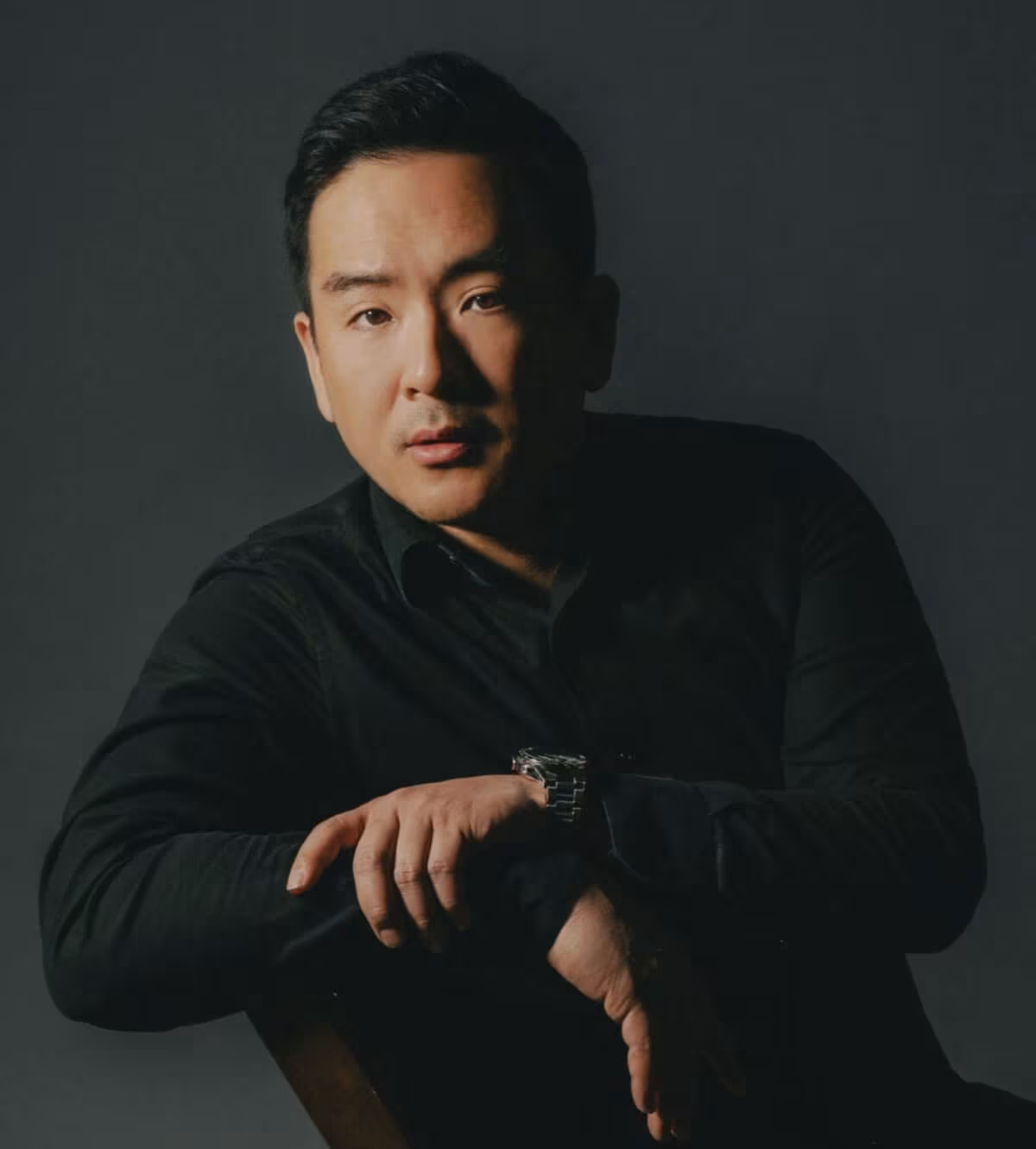Andrew Birgiolas has demonstrated the value of design leadership at Sephora. Andrew began at Sephora in 2016 as a senior product designer, rising up to Head of Product Design and Research by 2022. He regularly gets tapped as a subject matter expert on conversations about the future of UX, and he and his team are frequently engaged to contribute to strategic planning across various business units.
Andrew's team brings research expertise that is used to engage in continuous conversation with customers, test hypotheses and ensure that strategies align with the market’s reality. They translate ideas into mockups, flows and prototypes to help drive product conversations and decision making. In other words, design is embedded throughout the organization.
Design at the Decision-Making Table
Birgiolas's work is celebrated globally and in this article, he guides future design leaders through the steps necessary to earn their “seat at the table” as business leaders.
1. Understand that your job is to deliver business outcomes.
Your role is to achieve business outcomes and contribute to the bottom line. Positive business outcomes are tied directly to user outcomes, which stem from satisfied, skilled, productive teams; scalable and inclusive processes; a clear vision for the experience; and high standards for the visual and experiential quality of our final products.
2. Establish credibility via a track record of results.
Establish UX metrics for key projects, conduct baseline studies and report on improvements after products launched. If resources are limited or lacking, get scrappy with things like guerilla research, self-serve analytics, rapid prototyping — anything that can help prove the value of your work to the business.
3. Understand the business.
Get your hands on the business, department and initiative strategies. Figure out how you fit in and how you can help. Make sure the designers and researchers in the weeds understand the strategic “why” behind what they’re doing. All too often, by the time strategy trickles down to boots-on-the-ground projects, the strategic vision gets lost in translation. Don’t let that happen.
4. Understand the people and build partnerships.
Establish rapport with key decision makers. Who’s at the table now? Who owns the budget? If you need to, print out photos of everyone and make an org chart to understand the business structure. Have conversations with the right people, and understand their definition of success so you can help them achieve it.
5. Take it personally. Set a high bar for quality.
End experiences reflect on you as a design leader. Every inch of the experience should be something you and your team can be proud of. Nurture an ownership mentality for your team when it comes to product quality. Design must stay close throughout the product lifecycle — it doesn’t stop at “dev handoff.”
6. Get in the right rooms.
Ask what meetings and forums you need to be aware of, and start attending. Don’t wait for a personal invitation. Information is power, especially in the early days when you’re new. As you are establishing your credibility, it is vital that you close the gaps between what you need to know and what you don't know. Absorb information, and form a holistic understanding of the systems at play.
7. Take control of the process, make it inclusive, collaborative and bring everyone along for the ride.
Embrace “bringing people together to align and problem solve” as a key responsibility and purpose of your design team. Stand up inclusive, cross-functional, iterative processes and bring engineering, architecture, product along for the journey. Everyone gets to see the designs and the usability feedback along the way, so everyone gets the full context and has fully bought into the final approach.
8. Anchor everything in user needs, and test everything.
Start with 360 foundational research to get a solid understanding of the current experience, competitive landscape, analytics, voice of customer feedback and even social listening. Once you start designing, test everything. It’s 10x cheaper to fix usability issues in design before a line of code is written. The business will love that you can strongly predict what will succeed and what will fail with a quick prototype and test.
9. Build a “keep it weird” culture to foster innovation.
Create a protected space where your team can explore and have psychological safety. Fostering a “keep it weird” creative culture distinct from the rest of the organization leads to innovative ideas.
10. Be a servant leader. Good management practices are fundamental.
You are in service to your team: they show up for you, so you show up for them. Be transparent about issues, because everyone - especially future managers - should know what they’re in for. Encourage and address escalations swiftly, because poor behavior from other teams can threaten your own team’s well being. Express gratitude & recognition daily, because without your happy team, none of the above is possible.

.jpeg)







